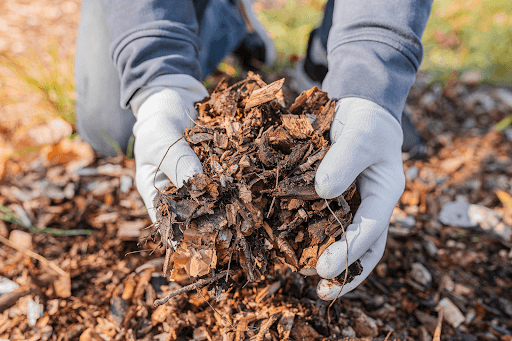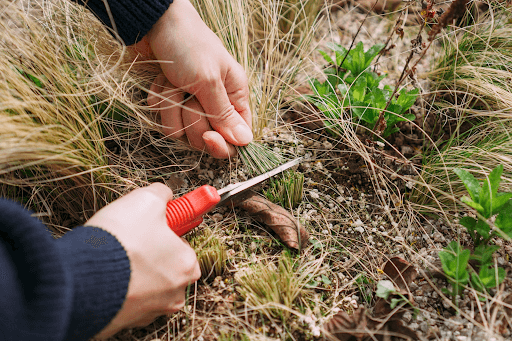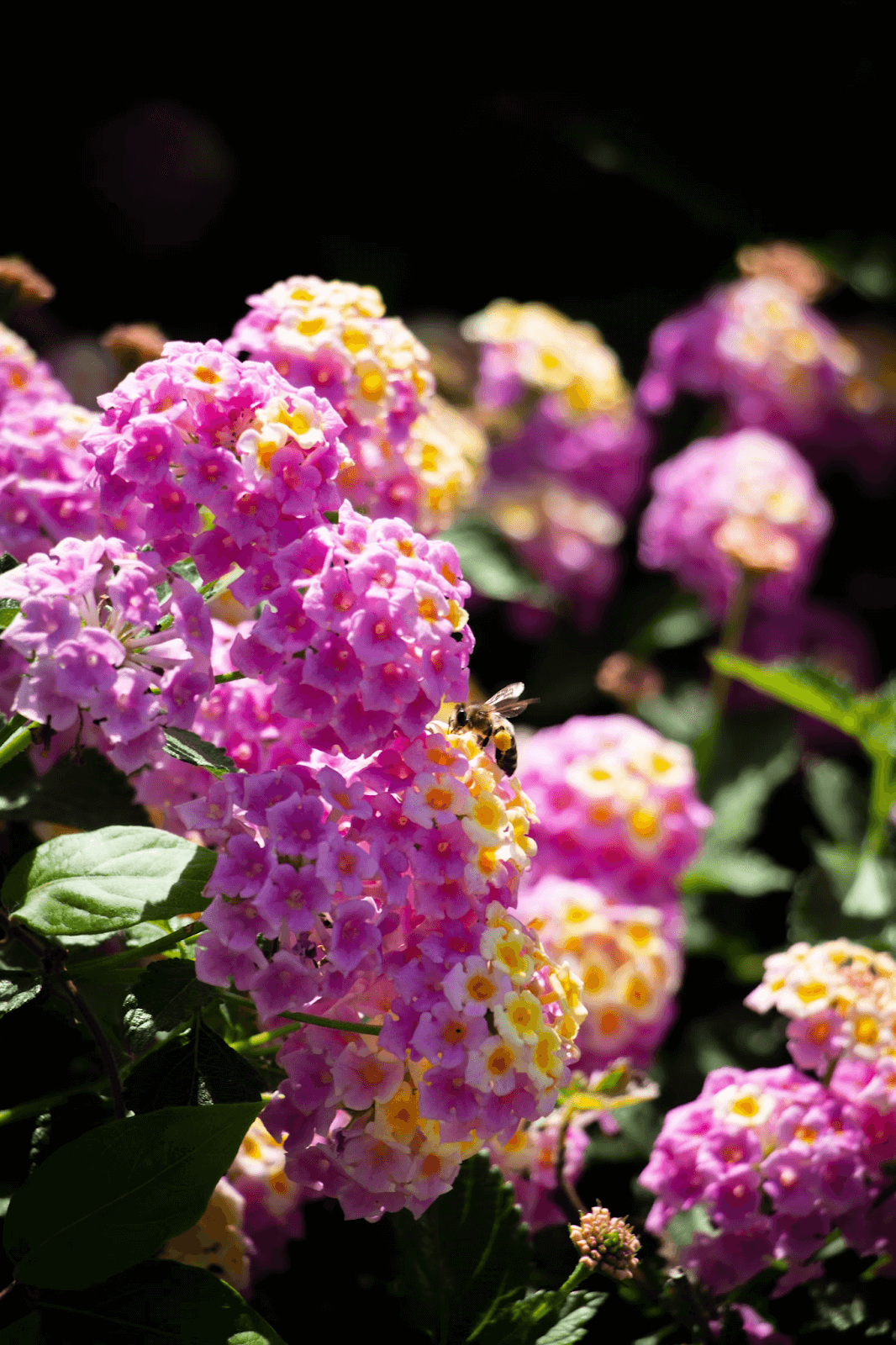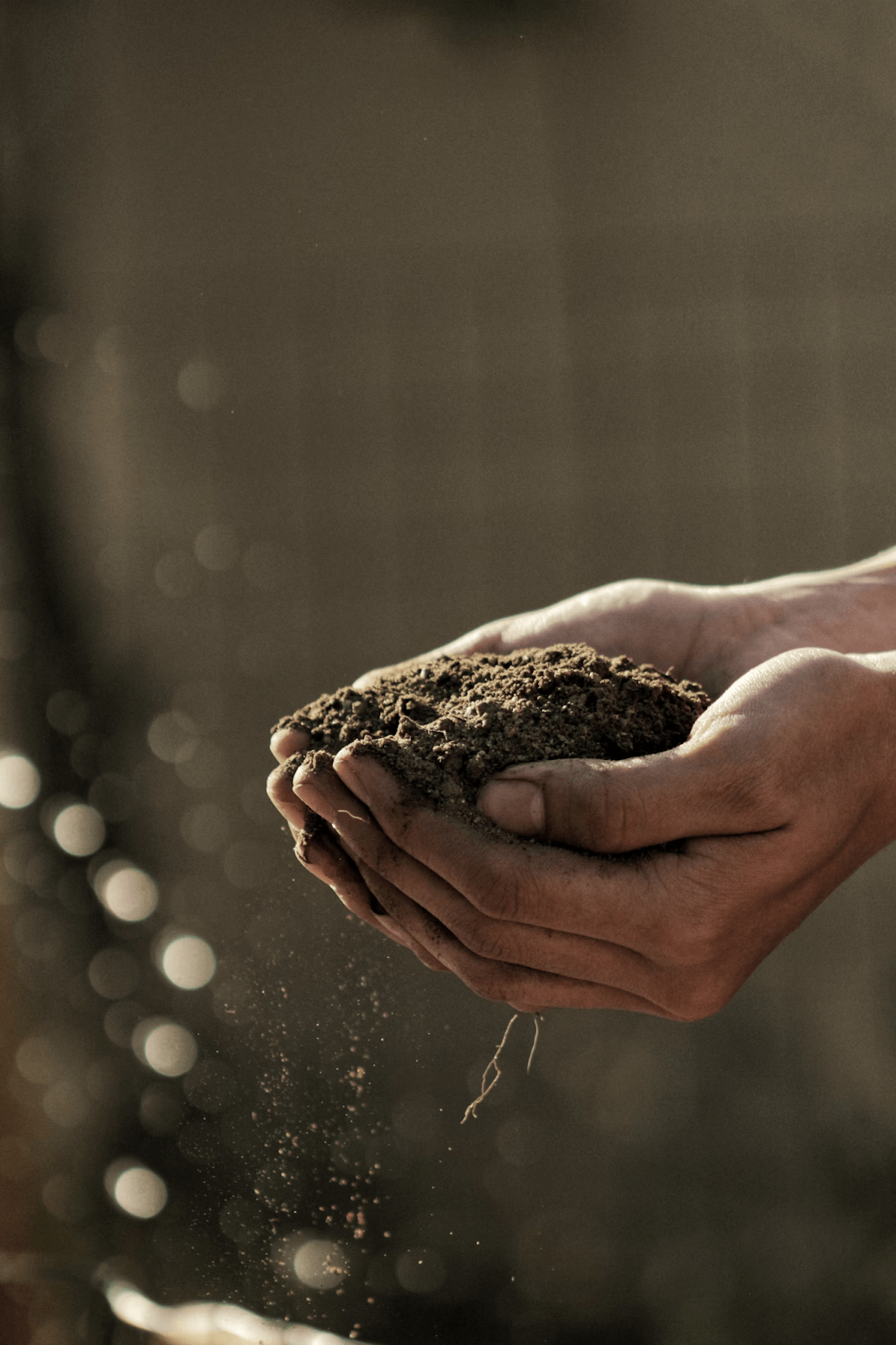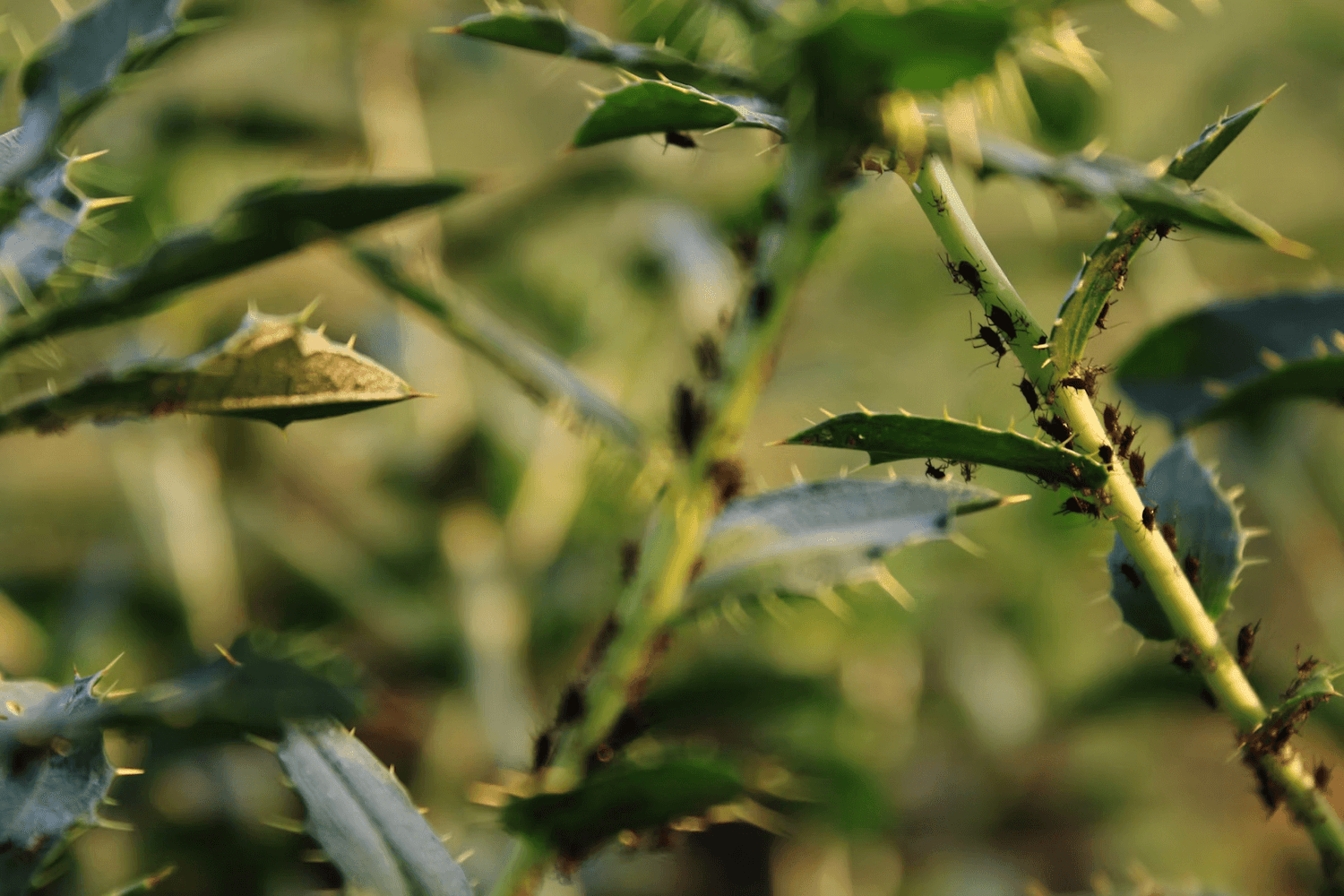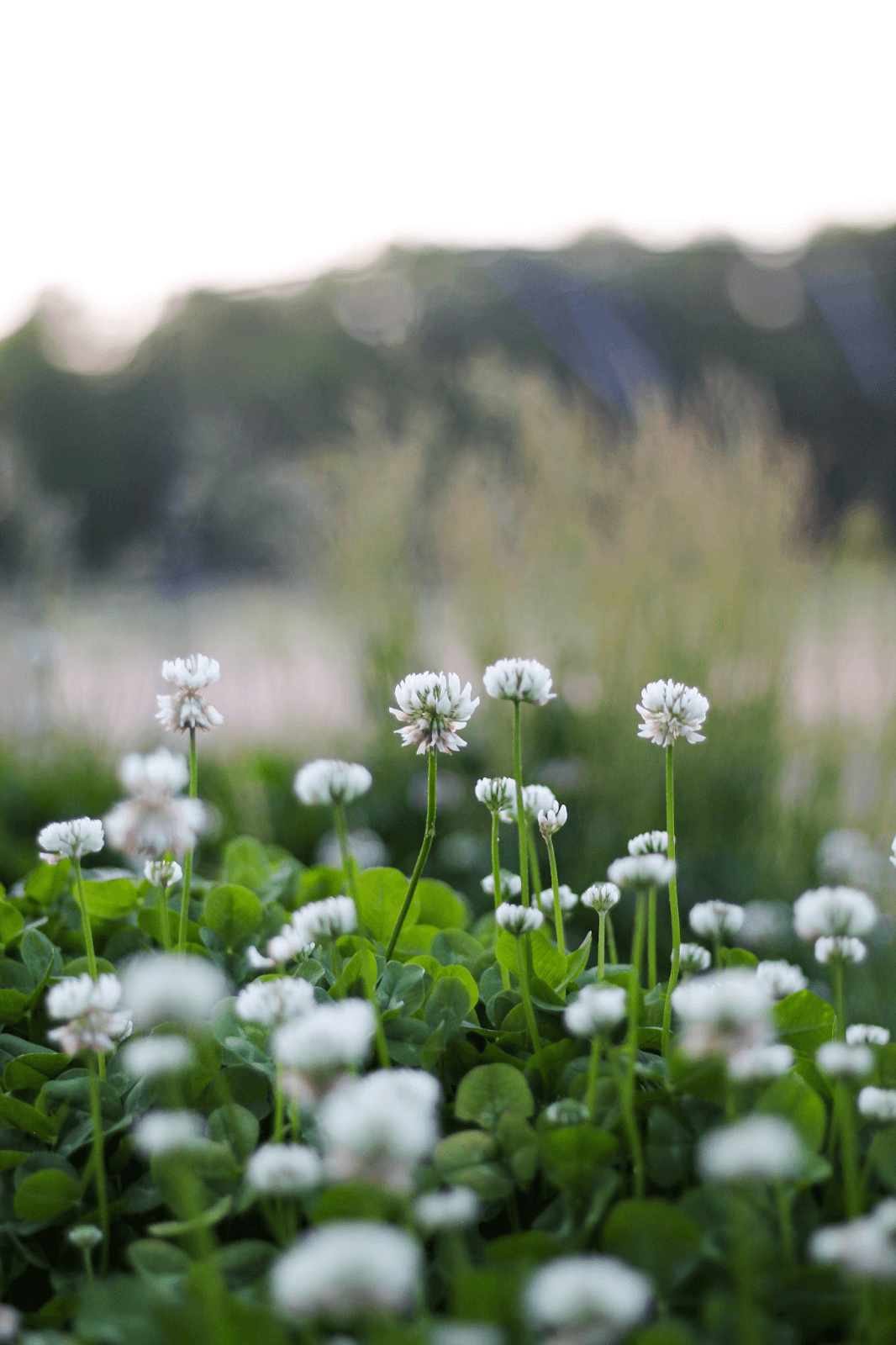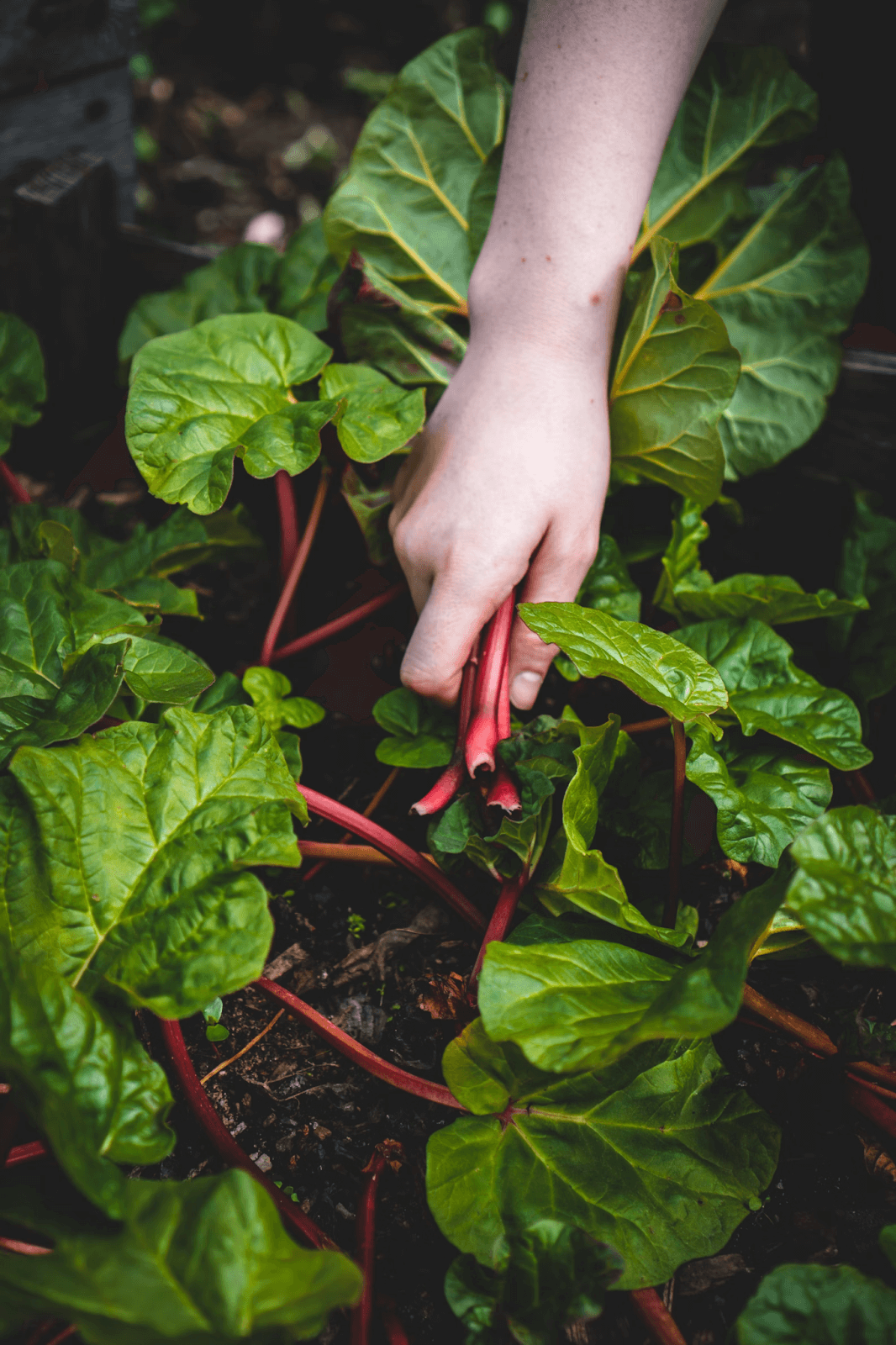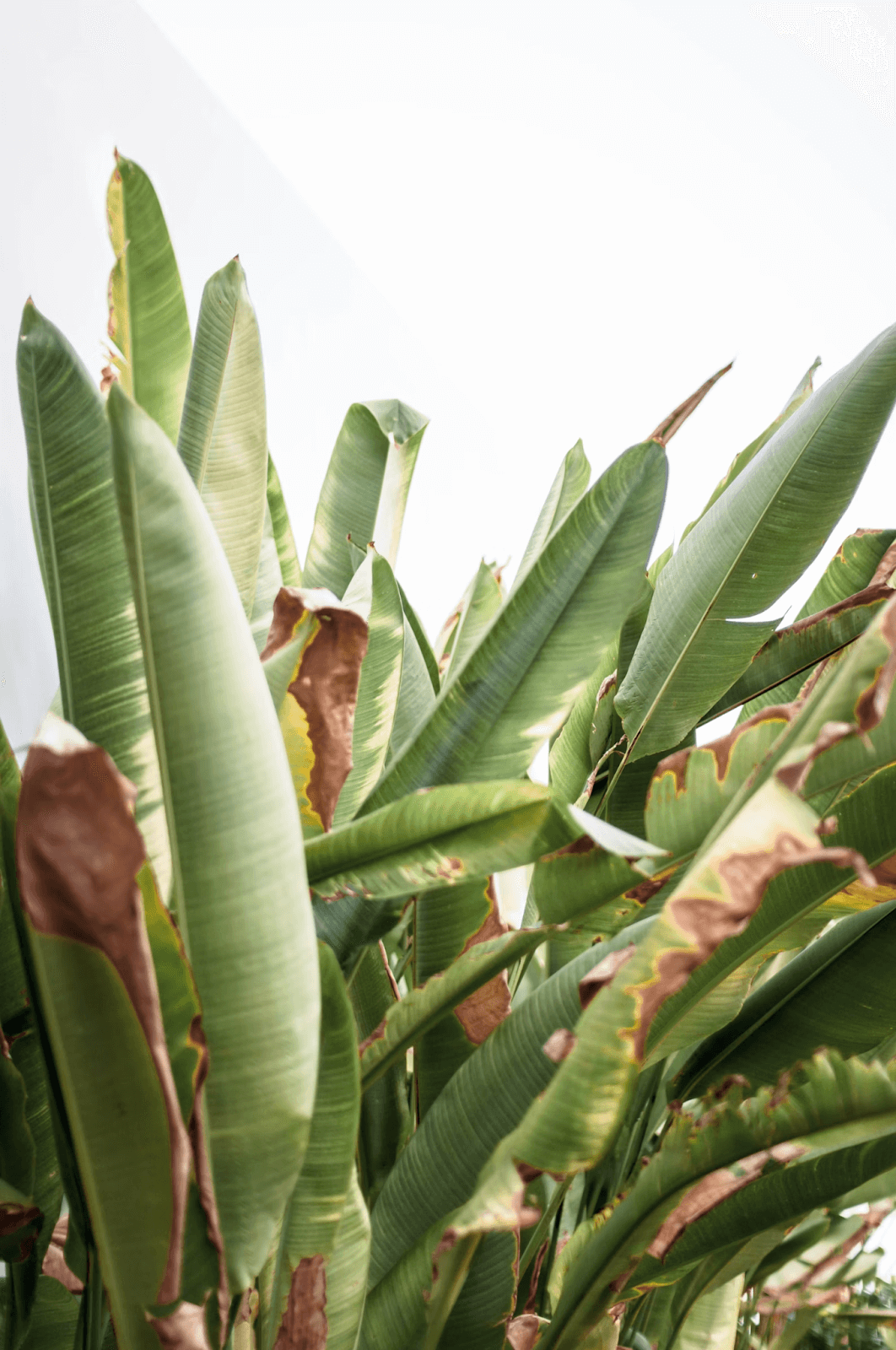1. Water wisely:
During summers, plants lose moisture rapidly due to increased evaporation. It's vital to water them deeply and less frequently rather than shallowly and frequently. Water your plants in the morning or evening to minimize water loss through evaporation. Consider investing in a drip irrigation system or soaker hoses to ensure efficient watering. It's essential to be mindful of the effects of heat and sun exposure on your plants to prevent over-watering your garden. Saturated soil creates an environment conducive to bacterial growth and fungal diseases as oxygen becomes limited. Resist the temptation of overwatering, especially during hot weather. Instead, only water the plants when necessary, checking the soil's moisture level before watering. Simply touch the soil to check its dryness. This simple practice can help prevent over-watering and promote healthier plant growth in your garden.




